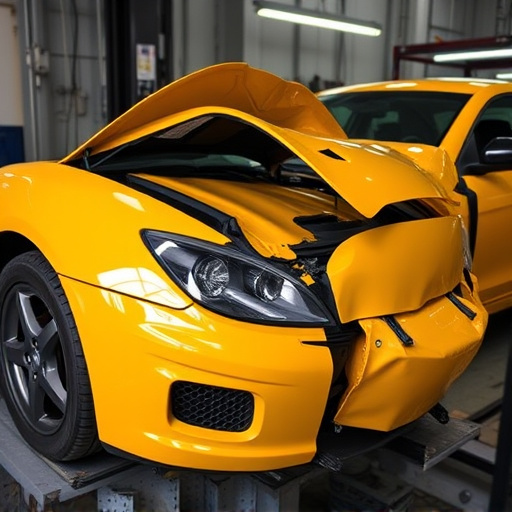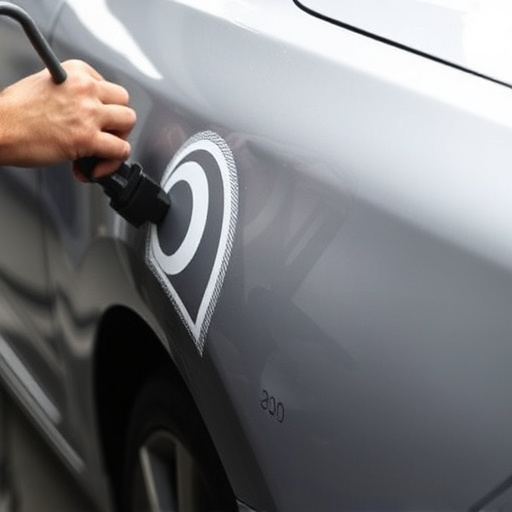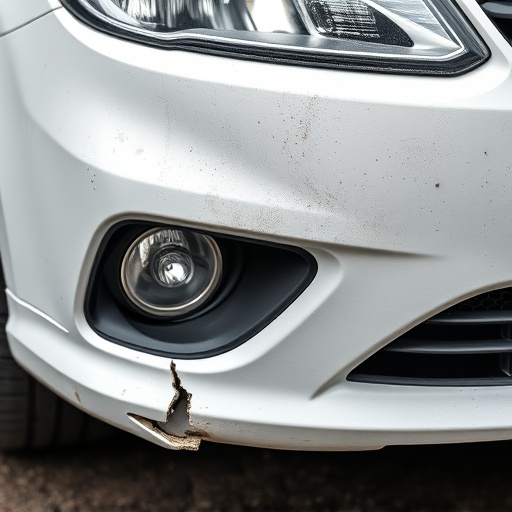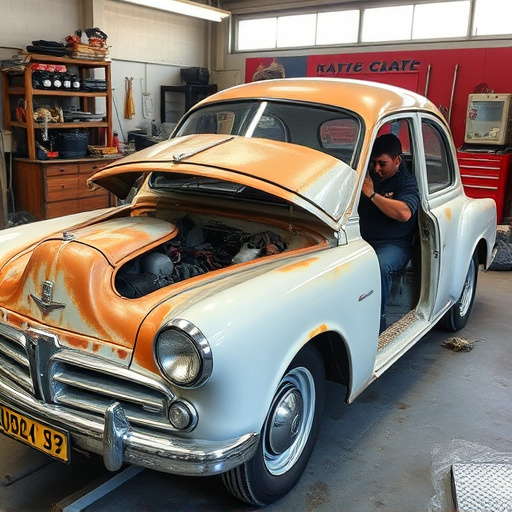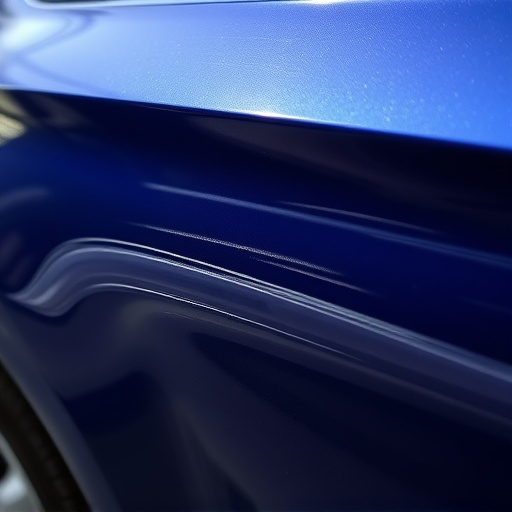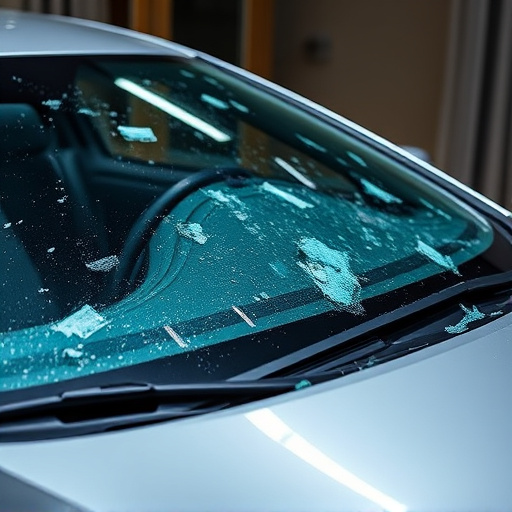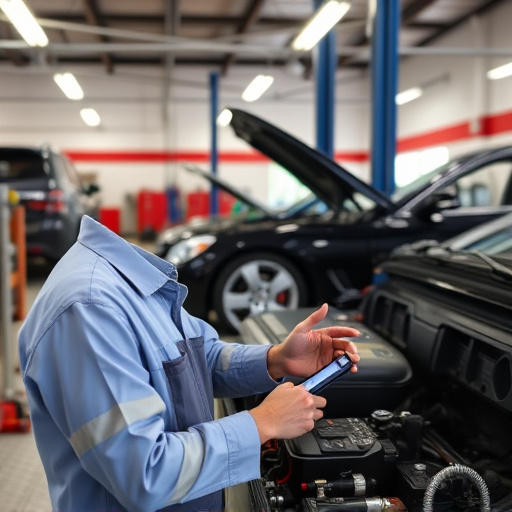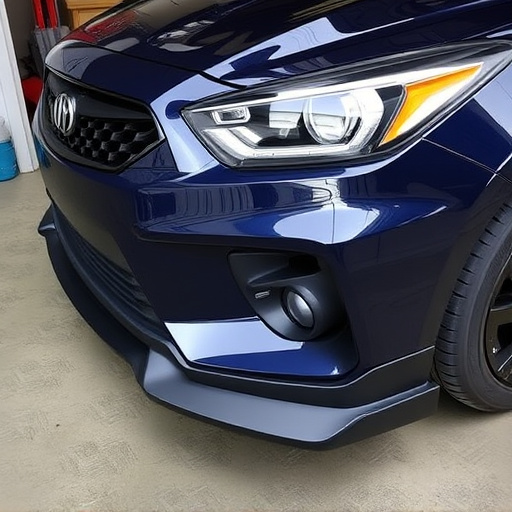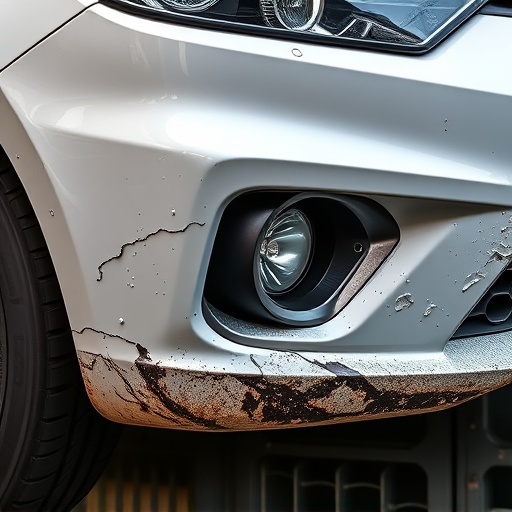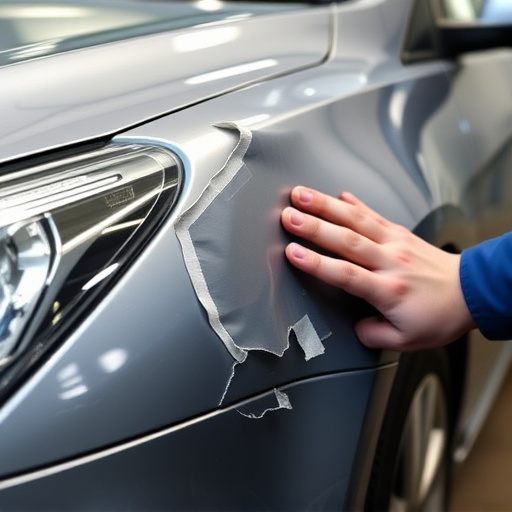Vehicle restoration services transform damaged cars into works of art, focusing on intricate upholstery and trim work using diverse materials. Skilled restorers repair, replace, and enhance interior elements while addressing structural issues for safety and comfort. The process involves careful material selection, techniques like hand-sewing, and advanced tools for body repairs, aiming to revive vehicles with artful precision.
“In the realm of vehicle restoration services, meticulous attention to detail is key. This article delves into the art and science behind upholstery and trim work, a crucial aspect often overlooked yet vital to a successful transformation. From understanding the intricacies of interior components to selecting the right materials and techniques, each step ensures a seamless blend of vintage charm and modern comfort. Discover how skilled restorers navigate this intricate process, delivering vehicles that are not just restored but redefined.”
- Understanding Upholstery and Trim in Vehicle Restoration
- The Art of Restoring Interior Elements
- Choosing Materials and Techniques for Optimal Results
Understanding Upholstery and Trim in Vehicle Restoration
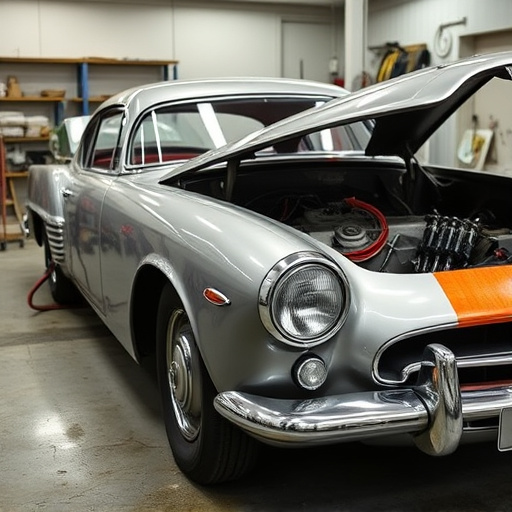
In the realm of vehicle restoration services, upholstery and trim work are pivotal components that transform a damaged or outdated car into a masterpiece. This meticulous process involves not just repairing but also replacing and enhancing various interior elements such as seats, dashboards, doors, and other parts that contribute to the overall passenger experience. Skilled restorers must possess a deep understanding of different materials, from fabric and leather to vinyl, in order to ensure accurate reproduction or restoration.
Restoring these features is crucial not only for aesthetic appeal but also for safety. Proper vehicle restoration services address issues like hail damage repair, auto glass replacement, and vehicle dent repair, ensuring structural integrity and optimal visibility. By paying close attention to detail during upholstery and trim work, restorers can create an environment that not only looks original but feels luxurious, providing drivers and passengers with a superior in-cabin experience.
The Art of Restoring Interior Elements

The art of restoring interior elements in vehicle restoration services is a meticulous process that demands precision and an eye for detail. It involves much more than simply replacing worn-out or damaged fabrics. Restoring a vehicle’s interior requires a deep understanding of its history, original design, and materials used to ensure the highest level of authenticity. Skilled technicians carefully inspect each component, from seats and dashboards to door panels and headliners, assessing their condition and planning the necessary repairs or replacements.
This specialized work often includes intricate upholstery techniques, such as hand-sewing, padding restoration, and custom fabric application. Trims, including leather, vinyl, and wood veneers, are carefully mended or refitted to match the vehicle’s era and style. Vehicle restoration services that excel in this area can breathe new life into classic cars, vintage trucks, and modern vehicles alike, ensuring they not only look but also feel as though they have been freshly crafted, with every detail meticulously considered.
Choosing Materials and Techniques for Optimal Results

When undertaking vehicle restoration services, selecting the right materials and techniques is paramount to achieving optimal results. Restorers must consider factors like durability, aesthetics, and compatibility with existing components. High-quality fabrics, foams, and adhesives specific to auto restoration ensure longevity and a seamless finish. For instance, using premium leather or vinyl not only enhances the interior’s visual appeal but also provides superior comfort and protection against wear and tear.
Techniques employed should align with the desired outcome. Hand stitching for intricate designs can offer a unique, artisanal touch, while modern machine-sewing methods guarantee precision and speed in larger projects. Similarly, advanced tools and techniques for auto body repair, including car dent repair and auto glass repair, play a crucial role in restoring structural integrity and clarity to the vehicle’s exterior. The goal is to blend art and science seamlessly, delivering a restored vehicle that not only looks but also functions as good as new.
In the realm of vehicle restoration services, meticulous upholstery and trim work are integral to achieving exceptional results. By understanding the intricacies of these elements and employing suitable materials and techniques, restorers can transform worn-out interiors into vibrant, like-new spaces. This comprehensive guide has illuminated the art and science behind restoring vehicle interiors, empowering professionals to deliver top-notch services that cater to clients’ desires for both aesthetic beauty and durability.

